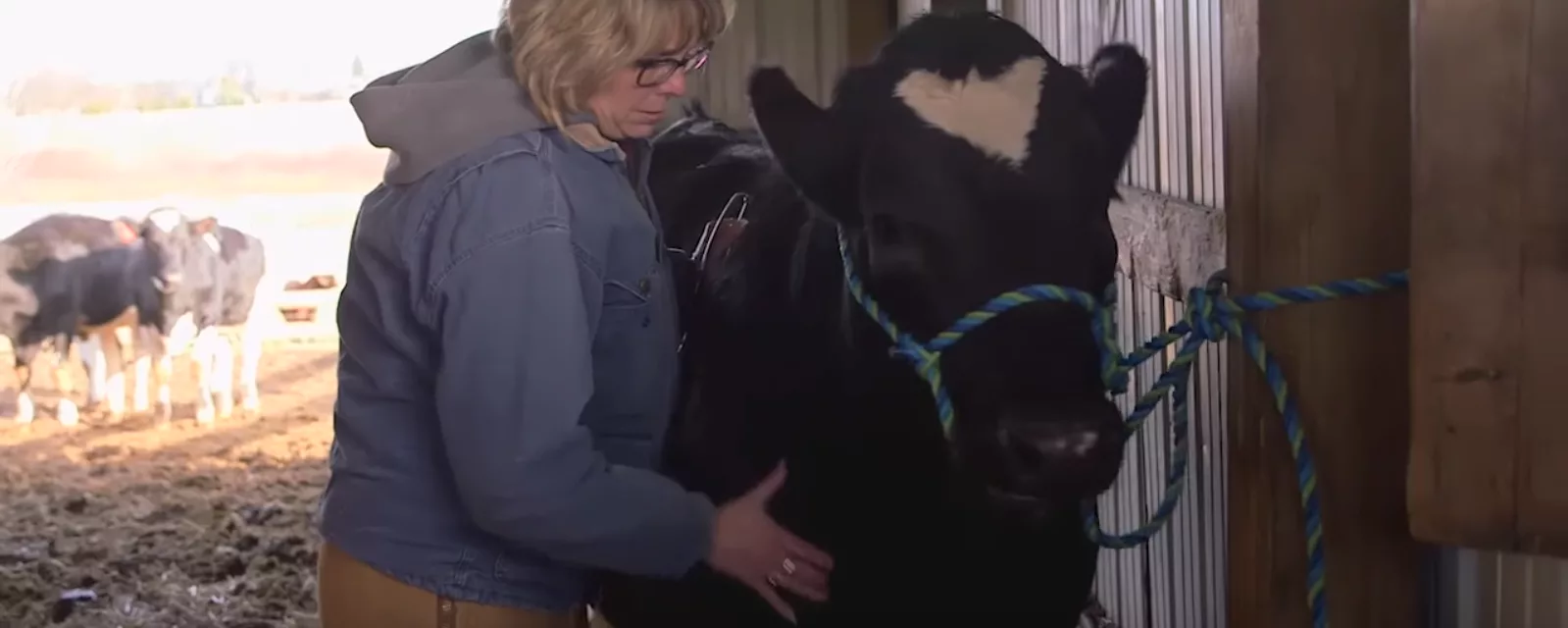As many Americans begin carrying out their New Year’s resolutions, those of us in the animal health community are also carrying out our promises. Namely, we’ve changed how we use antibiotics in agriculture.
It is now a violation under the Federal Food, Drug, and Cosmetic Act for any veterinarian to prescribe antibiotics important to human medicine for growth promotion purposes or to improve feed efficiency. These antibiotics may still be prescribed for disease prevention, treatment and control.
Some advocate for an outright ban on the use of antibiotics to treat animals. They see the use of antibiotics for disease prevention, in particular, as a loophole that will lead to overuse of antibiotics. I strongly disagree. Agriculture’s new approach ensures strong veterinary oversight while allowing the flexibility needed to address the wide range of circumstances veterinarians encounter.
In comments to the FDA, the American Association of Avian Pathologists expressed concern over further limitations on the clinical judgement that veterinarians exercise to effectively respond to a variety of on-farm situations. It’s important to realize that taking steps to prevent disease is legitimate when, in the judgement of a veterinarian, animals are at high risk.
As the old saying goes, “An ounce of prevention is worth a pound of cure.”
When the potential for the spread of disease arises, veterinarians need to assess the situation and determine the best course of action. We’ve been trained to make clinical judgments on the farm and no two situations are the same.
Among other things, vaccines, proper nutrition, good ventilation, and proper housing are all important factors to consider in the disease prevention battle. But, there are times when using antibiotics is the responsible choice.
A good example is when my girls show cattle. We’re a farm family, and taking animals to the fair, away from their customary water supply and where they are exposed to other cattle in barns with less-than-optimal ventilation, is probably not the best from a biosecurity perspective, despite the incredibly valuable lessons learned by young people. Such conditions place animals at a high risk of pneumonia, so we take steps to prevent disease. We vaccinate, use fans, make sure the animals eat well and sometimes even haul our own water. But, sometimes in the withering heat of summer fairs, antibiotic treatment is needed before we bring an animal home. This is important to protect the other cattle in my barn. We’ve had pneumonia at our farm, despite doing our best to prevent it and I can tell you that any disease that affects the lining of the lung is painful. I don’t want my calves to go through that if I can help it.
In a larger farm setting, there are several things to consider when looking for a potential disease outbreak in a flock or herd. Are the animals gaining weight normally for the amount of feed they consume? Are they eating a typical amount at a particular stage of growth? If the animals aren’t growing appropriately or eating a typical amount, it’s a good indication that something is wrong. It could be a fox in the chicken house or it might be disease on the verge of spreading through the entire farm. It’s my job as a veterinarian to figure it out and fix it.
Just like people or our pets, livestock and poultry get sick. Animals raised for food live in herds or flocks, share water and feed troughs, and seek close contact with one another by licking, laying on each other and even rubbing snouts and noses. This can spread illnesses rapidly. Waiting for animals to show symptoms of an illness before beginning treatment is often too late. Swift action can prevent the spread of disease and result in animals receiving fewer antibiotics than they would have had they not received preventive medication.
Phibro supports increased oversight by veterinarians, including the requirement of a veterinary feed directive – essentially a prescription from a veterinarian – before animals can receive antibiotics in their feed or water that are also used in human medicine. The responsible use of antibiotics by doctors and patients and by veterinarians and farmers helps reduce the risk of antibiotic resistance.
Although there is broad scientific acknowledgement that the use of antibiotics in people is the primary source of antibiotic resistance, antibiotics must be used responsibly in food animals to minimize agriculture’s contribution to antibiotic resistance. On the farm, responsible antibiotic use also has food safety, animal welfare and environmental benefits.
Treating animals with antibiotics in order to prevent, control and treat disease is the ethical thing to do to minimize animal suffering.
I welcome your thoughts and questions. Please feel free to send me an email at AskDrDorman@pahc.com or call me at 844-288-3623. You can also browse our Resource Library to learn more about this important topic.
